The Tread Lightly's mizzen was the feature that drew Steve to John Welsford's design. The shortened cabin leaves more room in the cockpit; eliminating the bulkhead and hatch makes access to day-sailing gear easier.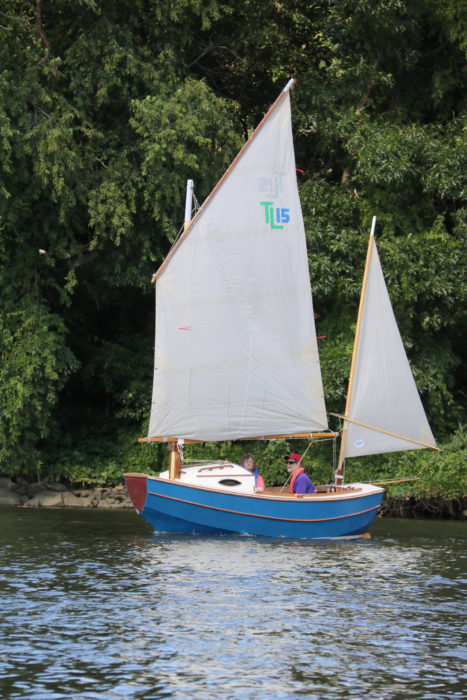 photographs courtesy of Steve Judson
photographs courtesy of Steve Judson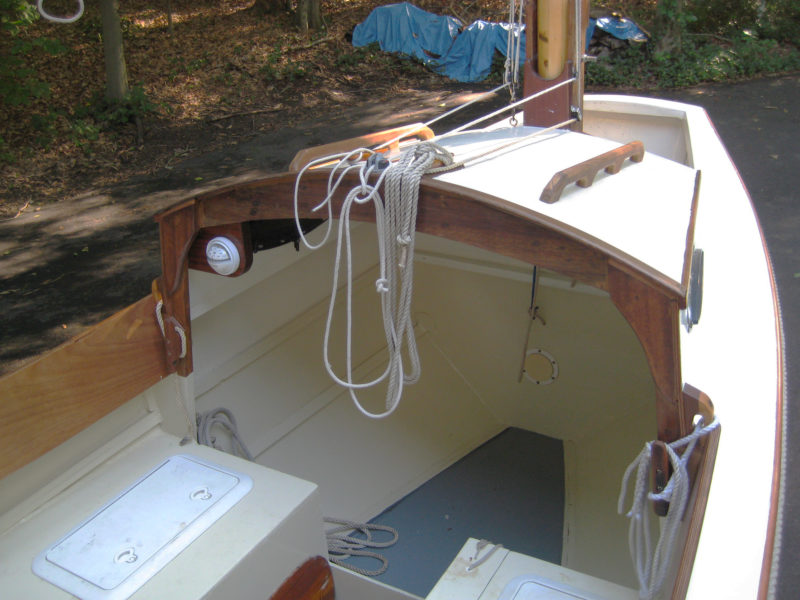
Join The Conversation
We welcome your comments about this article. If you’d like to include a photo or a video with your comment, please email the file or link.
Comments (3)
Leave a Reply
Stay On Course

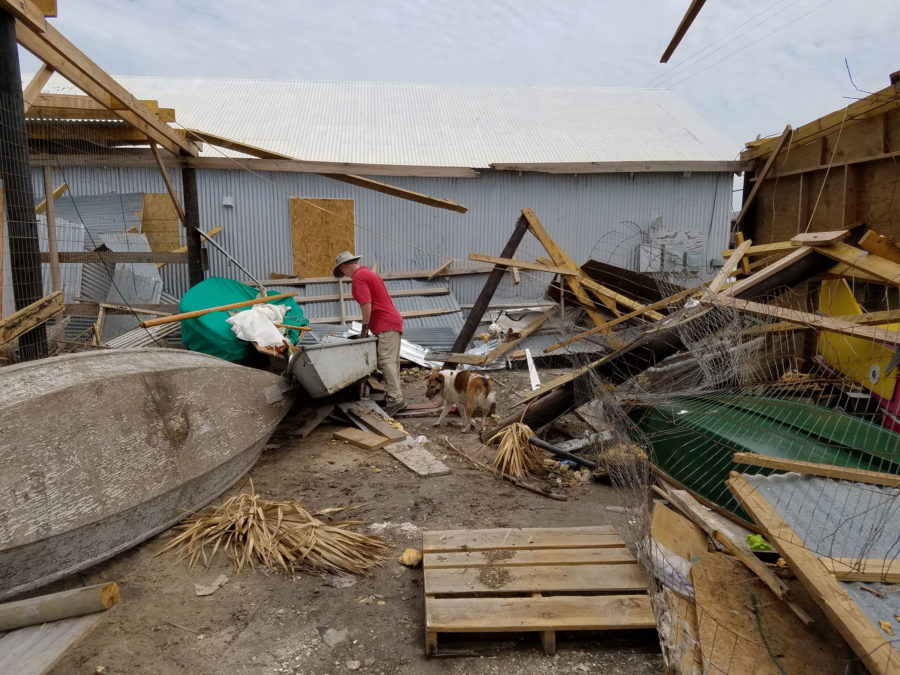
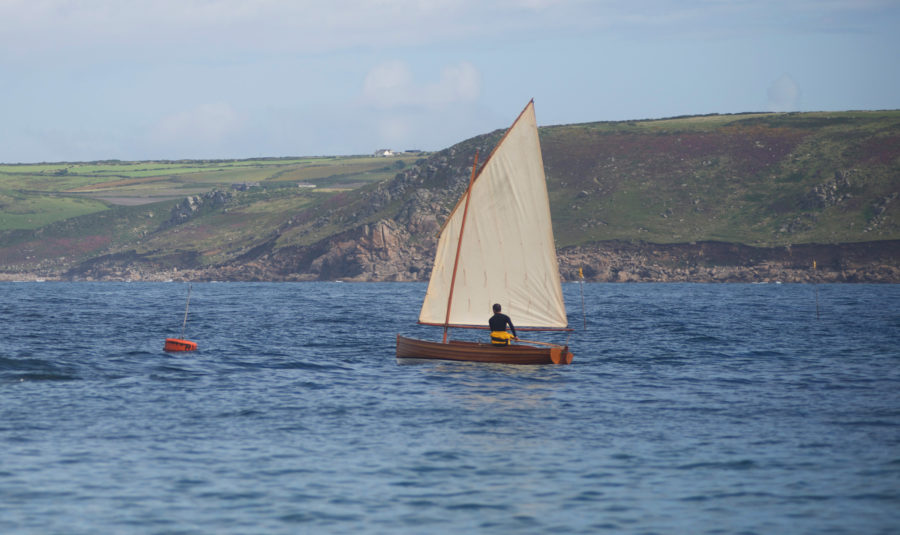
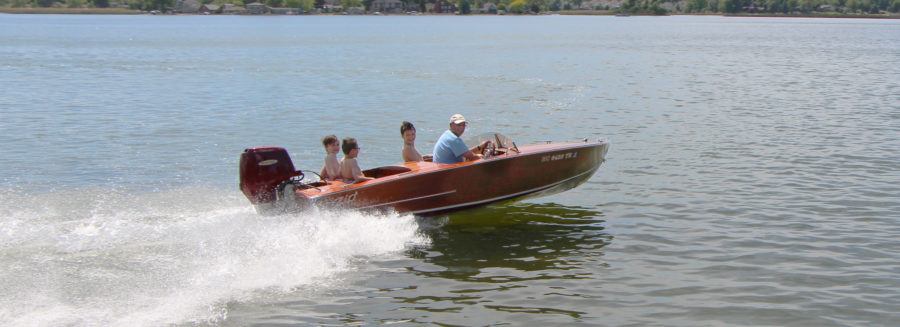
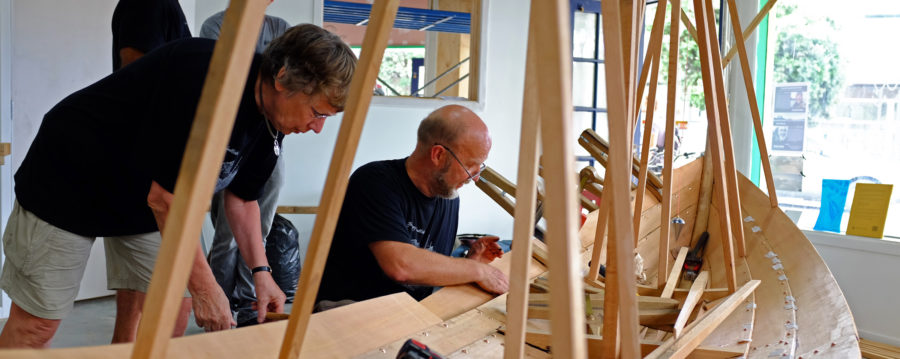
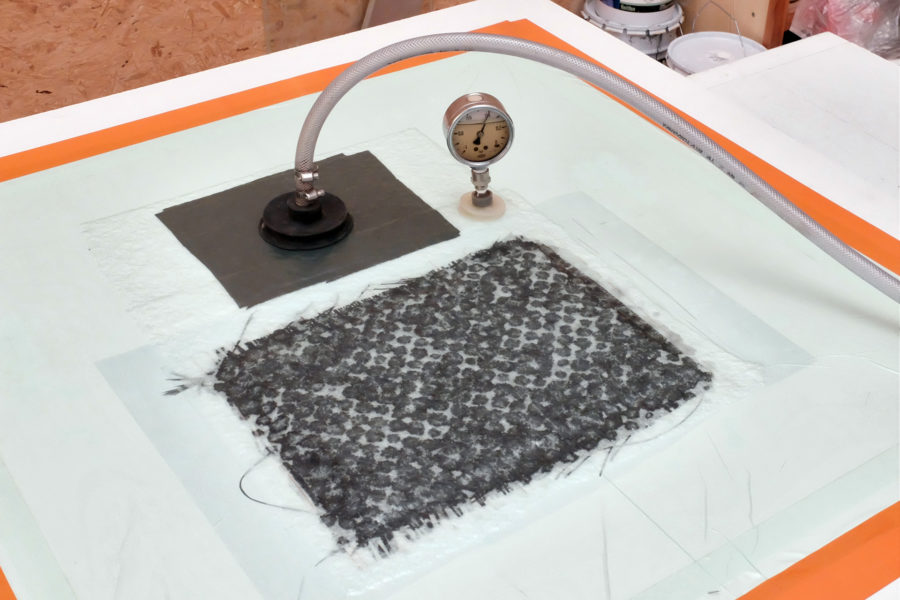
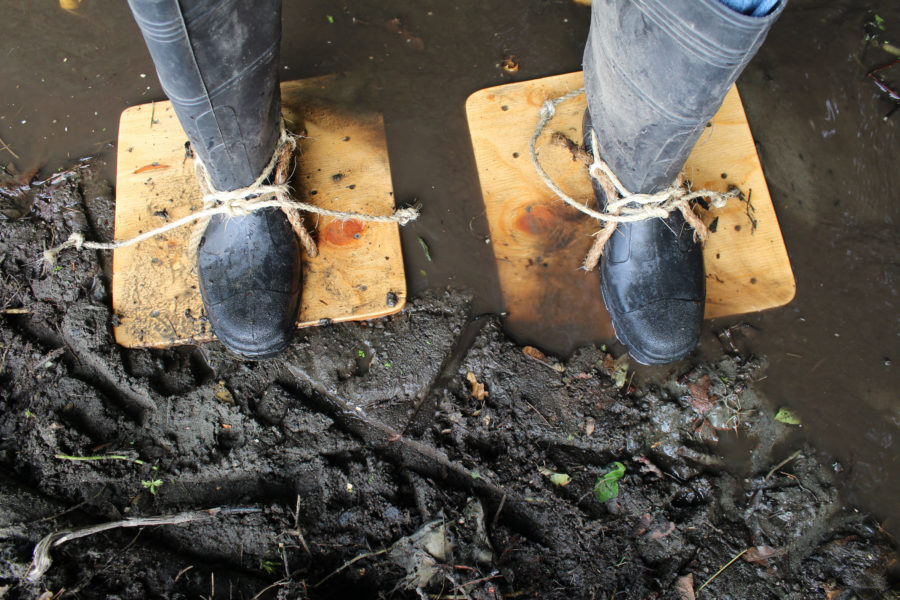
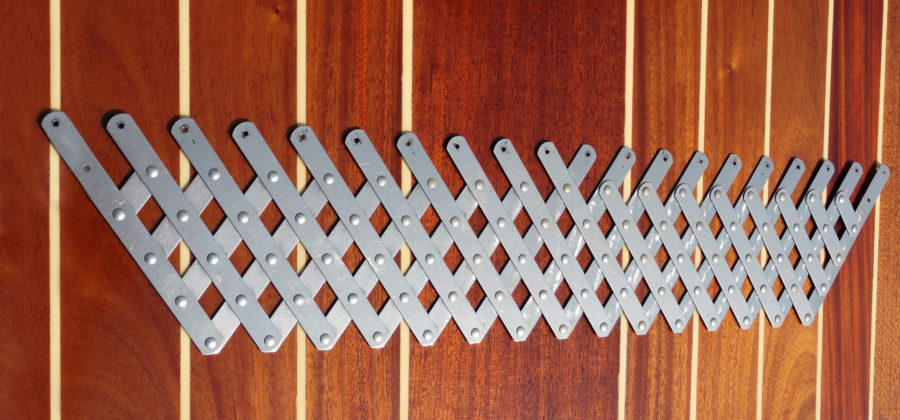
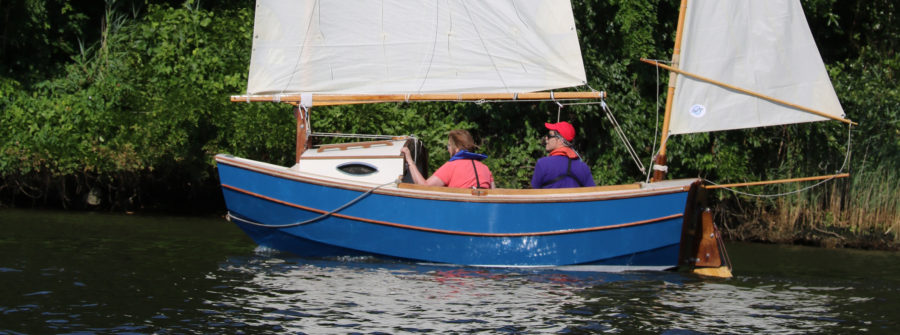
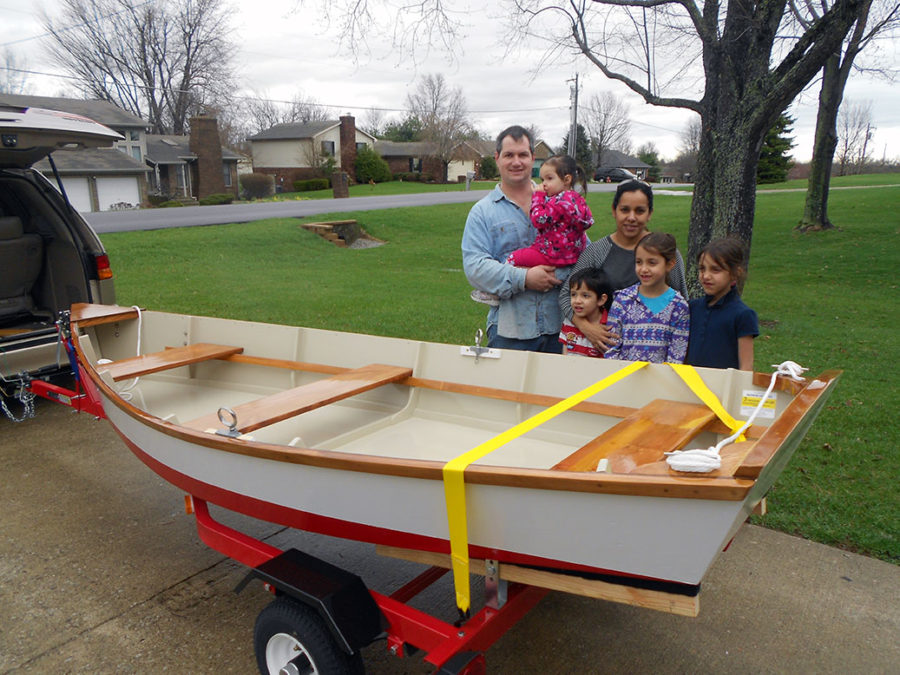
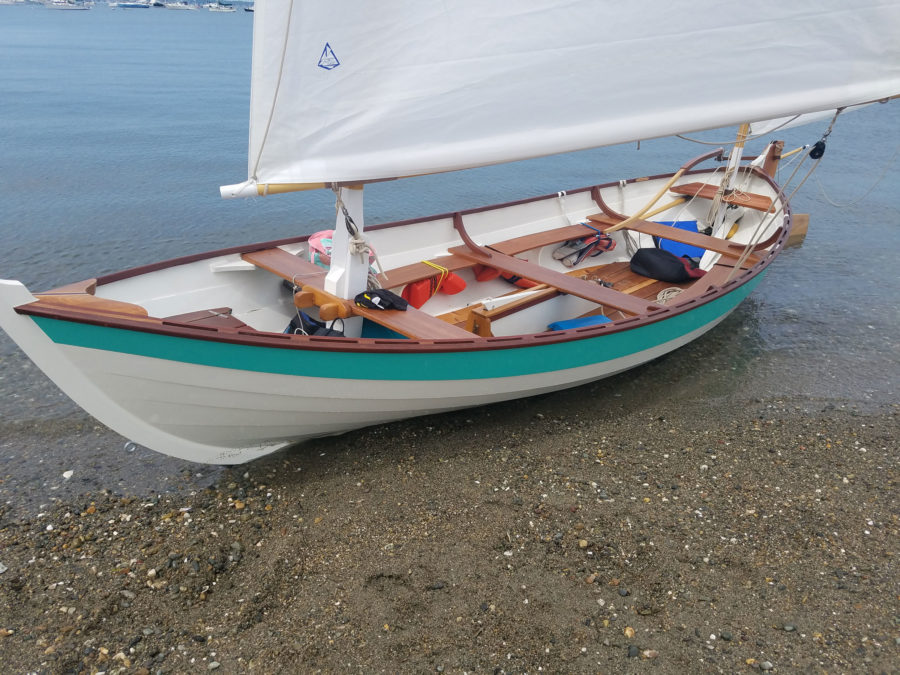
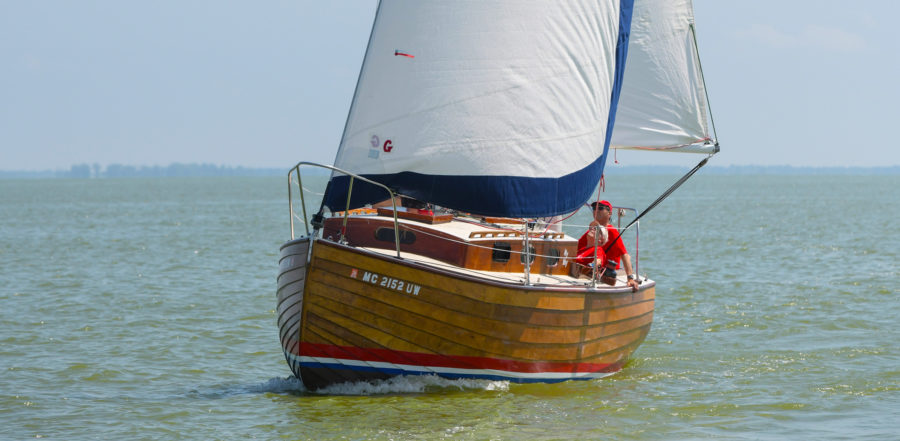

Nice. What is the angle on the Yuloh please?
Thank you! The angle between the loom and handle was about 12 degrees or so – I wasn’t being too particular about it.
You’ve made a lovely job of her Steve.
A couple of questions:
To use the yuloh, do you unhook the mainsheet, hook it out of the way (on the mizzen perhaps) or does it not get in the way?
Have you ever capsized the boat? On the SCAMP, John Welsford and Howard Rice deliberately narrowed the entry into the cuddy so that when on its side water wouldn’t get into the cuddy/cabin area. By opening up the cabin does Synchrony take on more water when on her side?